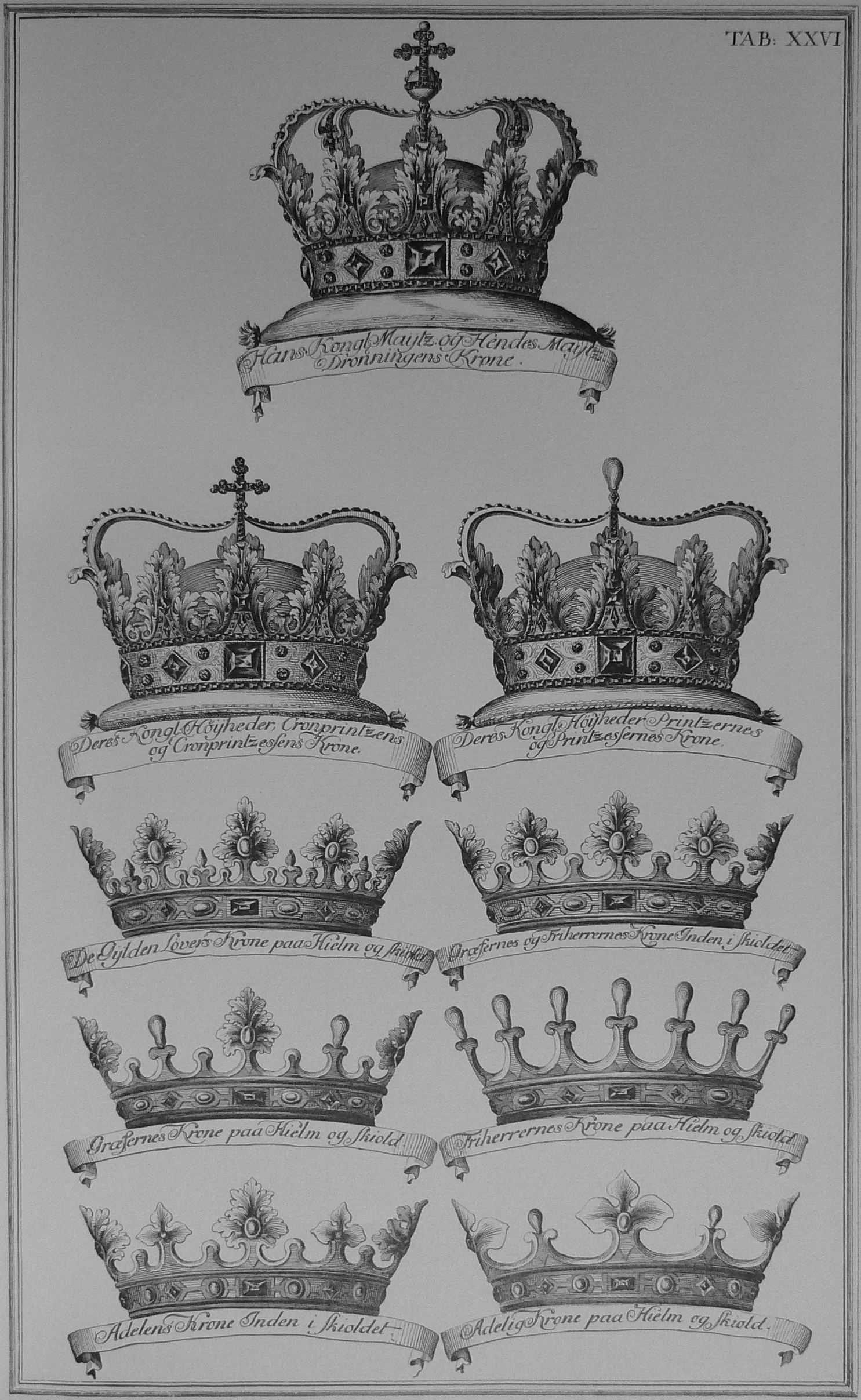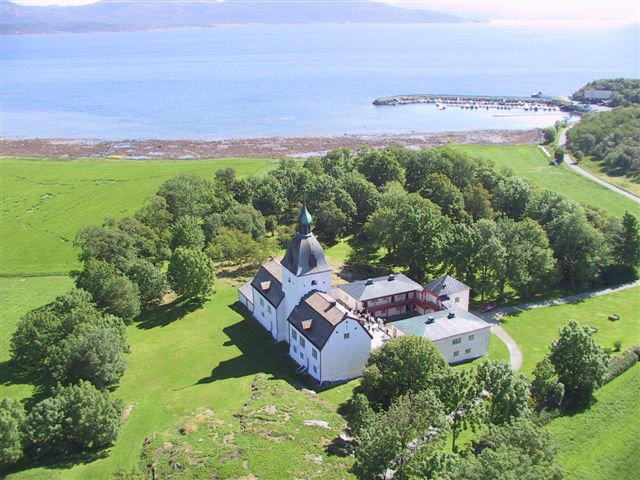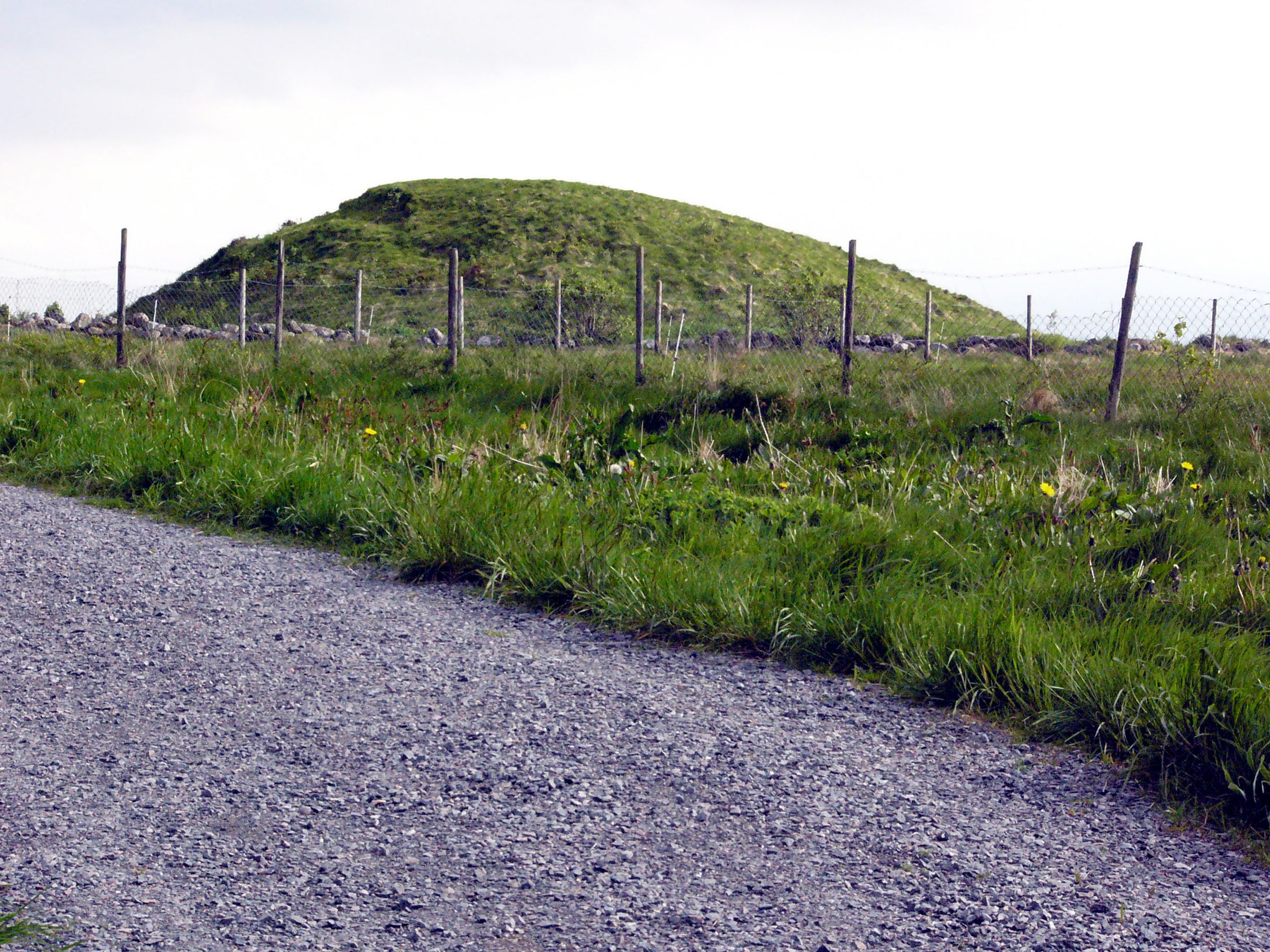|
Gyldenløve (noble Family)
: ''For the royal illegitimate sons in Denmark-Norway, see Gyldenløve.'' Gyldenløve (English language, English: lit. ''Golden Lion'') is the modern name of a medieval and now extinct family of the Norwegian nobility. During the Late Middle Ages Gyldenløve was one of the most important families in Norway's social and political life. The family's most prominent member was Nils Henriksson (died 1523), Lord High Steward of Norway, whose wife was Lady Inger Ottesdotter Rømer, heiress of Austrått. The couple's only surviving children were girls. All other agnatic lines of the old family are presumed extinct even earlier. The last male was Nils Henriksson's illegitimate child Henrik Nilsson Gyldenløve. Like other Norwegian noble families, the Gyldenløve family did not originally have a family name. However, based on the family's coat of arms, which shows a lion, believed to represent their verified royal descent from the House of Sverre, some of the members of the very last gene ... [...More Info...] [...Related Items...] OR: [Wikipedia] [Google] [Baidu] |
Gyldenløve
Gyldenløve, was a surname for several illegitimate children of House of Oldenburg, Oldenburg kings of Denmark-Norway in the 17th century. Kings The surname Gyldenløve was given to the sons of the following Dano-Norwegian kings: * Christian IV of Denmark (1588–1648) * Frederick III of Denmark, Frederick III (1648–1670) * Christian V of Denmark, Christian V (1670–1699) Christian IV Christian IV had many illegitimate children by various mistresses. Three of his illegitimate sons were officially recognised and given the surname Gyldenløve: * Christian Ulrik Gyldenløve, Christian Ulrik (1611–1640) by Kirsten Madsdatter * Hans Ulrik Gyldenløve, Hans Ulrik (1615–1645) by Karen Andersdatter * Ulrik Christian Gyldenløve (1630-1658), Ulrik Christian (1630–1658) by Vibeke Kruse Frederick III Frederick III fathered Ulrik Frederick Gyldenløve, Ulrik Frederick (1638–1704) by Margrethe Pape, who was also acknowledged and given the surname Gyldenløve. Ulrik Frederick e ... [...More Info...] [...Related Items...] OR: [Wikipedia] [Google] [Baidu] |
English Language
English is a West Germanic language of the Indo-European language family, with its earliest forms spoken by the inhabitants of early medieval England. It is named after the Angles, one of the ancient Germanic peoples that migrated to the island of Great Britain. Existing on a dialect continuum with Scots, and then closest related to the Low Saxon and Frisian languages, English is genealogically West Germanic. However, its vocabulary is also distinctively influenced by dialects of France (about 29% of Modern English words) and Latin (also about 29%), plus some grammar and a small amount of core vocabulary influenced by Old Norse (a North Germanic language). Speakers of English are called Anglophones. The earliest forms of English, collectively known as Old English, evolved from a group of West Germanic (Ingvaeonic) dialects brought to Great Britain by Anglo-Saxon settlers in the 5th century and further mutated by Norse-speaking Viking settlers starting in the 8th and 9th ... [...More Info...] [...Related Items...] OR: [Wikipedia] [Google] [Baidu] |
Norwegian Nobility
Aristocracy of Norway refers to Modern history, modern and Medieval Ages, medieval Aristocracy (class), aristocracy in Norway. Additionally, there have been economical, political, and military elites thatrelating to the main lines of History of Norway, Norway's historyare generally accepted as nominal predecessors of the aforementioned. Since the 16th century, modern aristocracy is known as nobility ( no, adel). The very first aristocracy in today's Norway appeared during the Bronze Age (1800 BC500 BC). This bronze aristocracy consisted of several regional elites, whose earliest known existence dates to 1500 BC. Via similar structures in the Iron Age (400 BC793 AD), these entities would reappear as Petty kingdoms of Norway, petty kingdoms before and during the Viking Age, Age of Vikings (7931066). Beside a chieftain or petty king, each kingdom had its own aristocracy. Between 872 and 1050, during the so-called Unification of Norway, unification process, the first national aristoc ... [...More Info...] [...Related Items...] OR: [Wikipedia] [Google] [Baidu] |
Late Middle Ages
The Late Middle Ages or Late Medieval Period was the Periodization, period of European history lasting from AD 1300 to 1500. The Late Middle Ages followed the High Middle Ages and preceded the onset of the early modern period (and in much of Europe, the Renaissance). Around 1300, centuries of prosperity and growth in Europe came to a halt. A series of famines and Plague (disease), plagues, including the Great Famine of 1315–1317 and the Black Death, reduced the population to around half of what it had been before the calamities. Along with depopulation came social unrest and endemic warfare. France and England experienced serious peasant uprisings, such as the Jacquerie and the Peasants' Revolt, as well as over a century of intermittent conflict, the Hundred Years' War. To add to the many problems of the period, the unity of the Catholic Church was temporarily shattered by the Western Schism. Collectively, those events are sometimes called the Crisis of the Late Middle Ages. D ... [...More Info...] [...Related Items...] OR: [Wikipedia] [Google] [Baidu] |
Nils Henriksson
Nils Henriksson (or Niels Henrikssøn, circa 1455–1523) was a Norway, Norwegian knight, landowner, National Counselor and Lord High Steward of Norway who married Inger, Lady of Austraat, Ingerd Ottesdatter (''fru Inger til Austrått''). He was the son of National Counselor ''Henrik Jensson'' (ca 1415–477) and ''Elin Nilsdatter'' (or ''Nikolasdatter''), and through the marriage with Ingerd he consolidated his possession of the Austrått estates. He was one of Norway's largest landowners, with properties in Bergen, Vardøhus, Hålogaland, Fosen, Frosta, Stjørdal, Sunnmøre, Romsdal, Edøy, Selbu and Herjedalen. He probably became National Counselor as early as 1483 and held a central role with the Norwegian national government until his death, but apparently had no clear political agenda on his own behalf. The title Lord High Steward of Norway which he held in 1514–1515 was most probably an honorary title that was awarded for the trip during the summer of 1515, when he playe ... [...More Info...] [...Related Items...] OR: [Wikipedia] [Google] [Baidu] |
Inger Ottesdotter Rømer
Ingerd Ottesdotter (Rømer) (c. 1475–1555) was her era's wealthiest landowner in Norway. She was the ultimate heiress of the noble Rømer family and a political intriguer. Lady Ingerd is noted for having orchestrated her powerful sons-in-law to support her goals. Her fame was the inspiration for Henrik Ibsen's play ''Lady Inger of Ostrat''. Life She was the daughter of Otte Matsson Rømer (1437-1508) and Ingeborg Lydersdatter Struds von Bergen (c. 1451-1512). Lady Ingerd's parents had her marry Lord Nils Henriksson, whose family also had some claim to Austrått Manor in the Trondheimsfjord. Thus the important manor of Austrått, with its associated lands, were settled to be Ingerd's share of the family inheritance. Her husband became both Chancellor and High Steward of Norway (''rikshovmester''). She was widowed in 1523. Her interests also targeted Swedish politics, in addition to Norwegian. In 1526 she received the exiled Swedish chancellor Peder Sunnanväder, who had be ... [...More Info...] [...Related Items...] OR: [Wikipedia] [Google] [Baidu] |
Austrått
Austrått or Austrått Manor ( no, Austråttborgen) is a manor in Ørland municipality in Trøndelag county, Norway. Since the 10th century, Austrått has been the residence for many noblemen, noblewomen, and officials who played a significant role in Norwegian history. In historical records, Austrått can also be found written as ''Østråt'', ''Østeraat'', ''Østeraad'', ''Austaat'', and ''Austråt.'' The layout of the manor as it stands today is attributed to chancellor Ove Bjelke, for whom construction was completed around 1656. The manor house burned in 1916. Restoration was begun in the 1920s and completed in 1961. The manor house was previously part of a larger property, but the land is now independent from the manor house. The Norwegian state owns the manor house, which is administered by Nordenfjeldske Kunstindustrimuseum in Trondheim. The manor is open for public tours from June until August. The name Austrått is thought to derive from the old Norse terms for ''eas ... [...More Info...] [...Related Items...] OR: [Wikipedia] [Google] [Baidu] |
Agnatic
Patrilineality, also known as the male line, the spear side or agnatic kinship, is a common kinship system in which an individual's family membership derives from and is recorded through their father's lineage. It generally involves the inheritance of property, rights, names, or titles by persons related through male kin. This is sometimes distinguished from cognate kinship, through the mother's lineage, also called the spindle side or the distaff side. A patriline ("father line") is a person's father, and additional ancestors, as traced only through males. Traditionally and historically people would identify the person's ethnicity with the father's heritage and ignore the maternal ancestry in the ethnic factor. In the Bible In the Bible, family and tribal membership appears to be transmitted through the father. For example, a person is considered to be a priest or Levite, if his father is a priest or Levite, and the members of all the Twelve Tribes are called Israelites because ... [...More Info...] [...Related Items...] OR: [Wikipedia] [Google] [Baidu] |
Coat Of Arms
A coat of arms is a heraldry, heraldic communication design, visual design on an escutcheon (heraldry), escutcheon (i.e., shield), surcoat, or tabard (the latter two being outer garments). The coat of arms on an escutcheon forms the central element of the full achievement (heraldry), heraldic achievement, which in its whole consists of a shield, supporters, a crest (heraldry), crest, and a motto. A coat of arms is traditionally unique to an individual person, family, state, organization, school or corporation. The term itself of 'coat of arms' describing in modern times just the heraldic design, originates from the description of the entire medieval chainmail 'surcoat' garment used in combat or preparation for the latter. Roll of arms, Rolls of arms are collections of many coats of arms, and since the early Modern Age centuries, they have been a source of information for public showing and tracing the membership of a nobility, noble family, and therefore its genealogy across tim ... [...More Info...] [...Related Items...] OR: [Wikipedia] [Google] [Baidu] |
House Of Sverre
The House of Sverre ( no, Sverreætten) was a royal house or dynasty which ruled, at various times in history, the Kingdom of Norway, hereunder the kingdom's realms, and the Kingdom of Scotland. The house was founded with King Sverre Sigurdsson. It provided the rulers of Norway from 1184 to 1319. History The house was founded with King Sverre Sigurdsson, who claimed to be an illegitimate son of King Sigurd Munn, when he was made King of Norway. After Sverre's death, his descendants would expand the influence, wealth, and power of the dynasty. Under his grandson Haakon IV's rule, the Kingdom of Norway reached its peak, the civil war era ended, and it was the start of a golden age in Norway. Margaret, Maid of Norway, a queen-designate of the Kingdom of Scotland, was also a member of this family. The house replaced the Gille dynasty, and was again replaced by the House of Bjelbo, which inherited Norway's throne. They were the last reigning family that claimed patrilineal des ... [...More Info...] [...Related Items...] OR: [Wikipedia] [Google] [Baidu] |
Norwegian Noble Families
Aristocracy of Norway refers to Modern history, modern and Medieval Ages, medieval Aristocracy (class), aristocracy in Norway. Additionally, there have been economical, political, and military elites thatrelating to the main lines of History of Norway, Norway's historyare generally accepted as nominal predecessors of the aforementioned. Since the 16th century, modern aristocracy is known as nobility ( no, adel). The very first aristocracy in today's Norway appeared during the Bronze Age (1800 BC500 BC). This bronze aristocracy consisted of several regional elites, whose earliest known existence dates to 1500 BC. Via similar structures in the Iron Age (400 BC793 AD), these entities would reappear as Petty kingdoms of Norway, petty kingdoms before and during the Viking Age, Age of Vikings (7931066). Beside a chieftain or petty king, each kingdom had its own aristocracy. Between 872 and 1050, during the so-called Unification of Norway, unification process, the first national aristoc ... [...More Info...] [...Related Items...] OR: [Wikipedia] [Google] [Baidu] |







